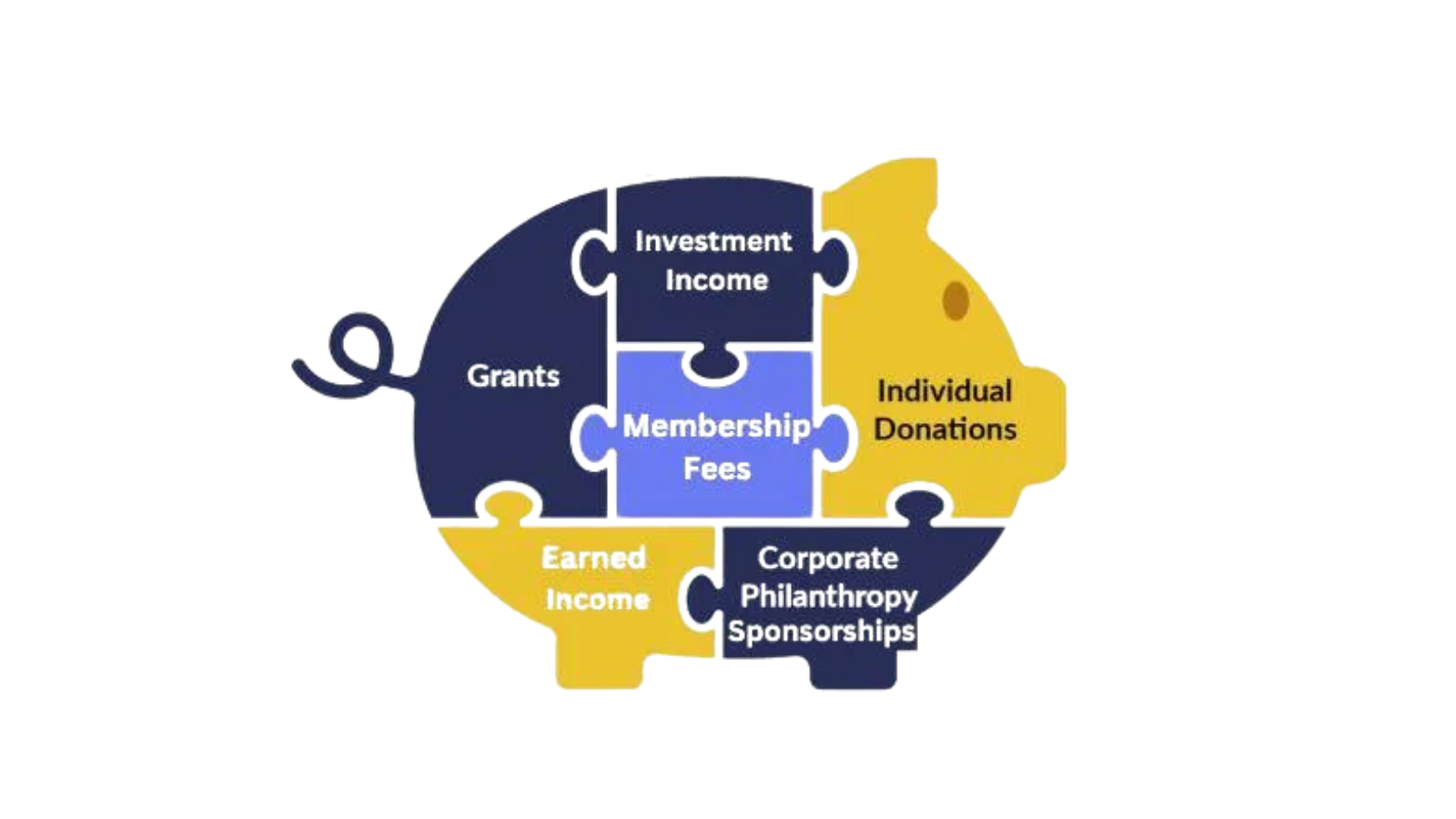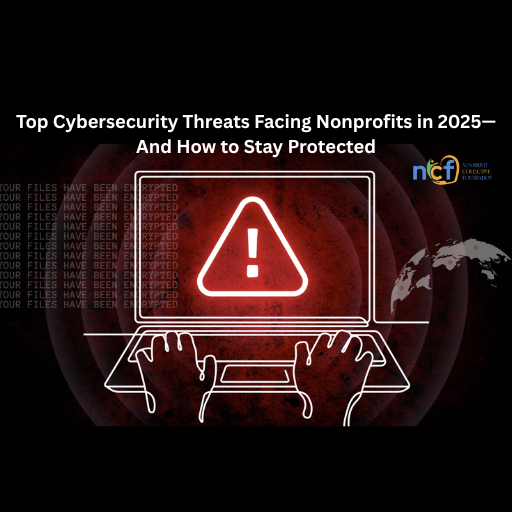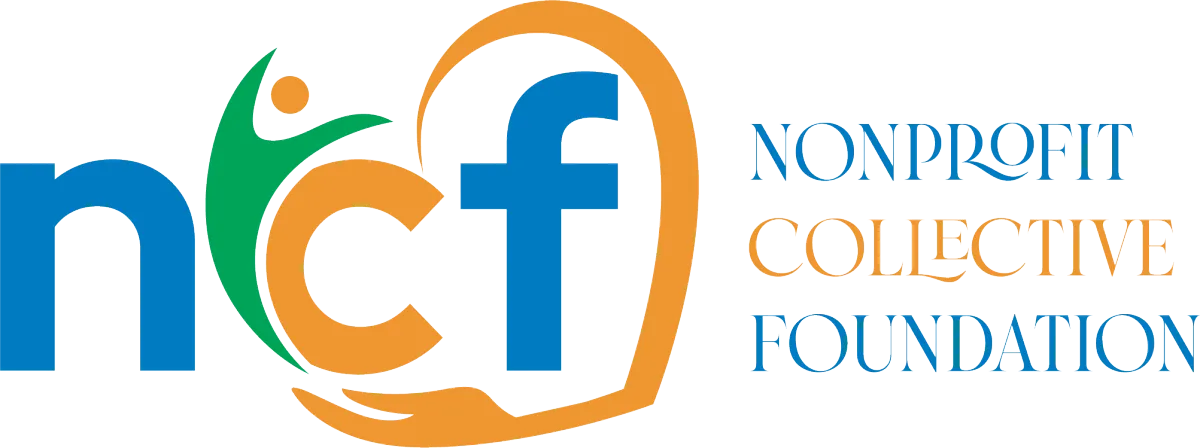Only 14% of Nonprofits Use AI Effectively—Here’s How You Can Join Them
As artificial intelligence (AI) continues to revolutionize industries, nonprofits remain cautious adopters. According to a 2025 sector survey, only 14% of nonprofits report using AI effectively—a staggering statistic given the potential of AI to save time, reduce costs, and boost mission impact.
So what’s holding most organizations back? And more importantly, how can your foundation join the 14% that are using AI to power progress?
Let’s break down the barriers and steps to success.
Why the AI Gap Exists in the Nonprofit Sector
Despite the hype, nonprofit AI adoption has been slow. Common roadblocks include:
- Limited tech capacity
- Fear of cost or complexity
- Unclear use cases for mission-driven work
- Concerns over data privacy and ethics
The good news? Most of these challenges are solvable—especially with today’s rise in affordable, ethical, and user-friendly AI tools for nonprofits.
What the 14% Are Doing Right
The nonprofits that successfully implement AI tend to follow a few key principles:
1. They Start Small
Instead of overhauling systems, they begin with AI tools that solve a single, clear problem—like automating donor emails or matching volunteers to tasks.
2. They Choose Mission-Aligned Tools
They’re not chasing trends. They focus on AI that supports measurable impact, like tools for grant prospecting, outcome tracking, or sentiment analysis.
3. They Train Staff (Not Just Tech Teams)
Staff adoption is critical. These organizations invest in AI literacy for nonprofits, ensuring that teams understand the value and limitations of these tools.
4. They Prioritize Data Hygiene
AI is only as good as the data it runs on. High-performing nonprofits invest in data cleanup and integration before they scale automation.
3 Easy Ways to Start Using AI at Your Nonprofit
You don’t need a big budget or tech team to join the 14%. Here are low-barrier ways to begin using AI effectively:
1. Use AI for Content Drafting
Tools like ChatGPT and Jasper can help your team create first drafts of newsletters, reports, and social media—saving hours each week.
2. Automate Donor Follow-Ups
AI-powered email platforms like Mailchimp or Constant Contact now offer automation features that adjust based on donor behavior.
3. Try Predictive Fundraising Tools
Platforms like Gravyty or Fundmetric use AI to prioritize major donor outreach—making your fundraising team more efficient and data-driven.
Final Thoughts
The AI revolution isn’t just for corporations—it’s for cause-driven leaders, too. And while only 14% of nonprofits use AI effectively today, your organization can be part of the next wave.
By starting with practical, mission-aligned tools and building internal capacity, your nonprofit can reduce burnout, maximize resources, and serve your community even better.
As we prepare for the Nonprofit Tech & Ops Summit: Systems in Sync, one thing is clear—AI for nonprofits is no longer optional. It’s a competitive advantage.
Supporting Images:







